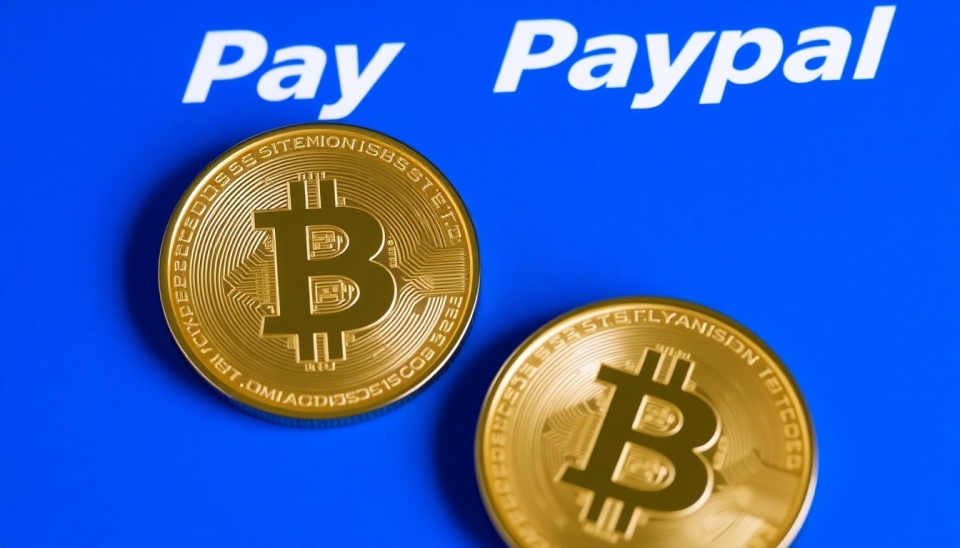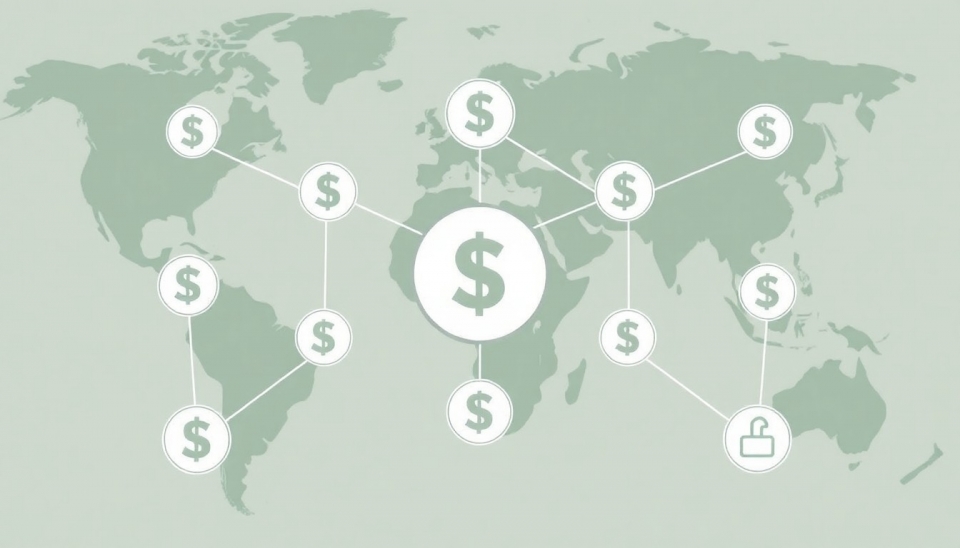
As the stablecoin industry continues to experience rapid growth, its champions are advocating for legislation aimed at making these digital assets more accessible and economical for consumers. The push is framed around the premise that lower costs will not only appeal to a broader audience but also stabilize the market landscape in the long run.
Recently, leading stablecoin proponents gathered to discuss strategies that could lead to legislative reforms. These discussions were driven by the urgent need to address the complexities and costs associated with current regulatory frameworks. Stablecoins, which are digital currencies pegged to stable assets like the US dollar, have gained traction due to their potential for seamless transactions and reducing the volatility often seen with other cryptocurrencies.
Stablecoin backers argue that by actively engaging lawmakers, they can shape legislation that encourages innovation while also ensuring consumer protection. They emphasize the importance of striking a balance between regulation and freedom to foster growth in the sector. The aim is to create a regulatory environment that lowers transaction costs and expands accessibility, particularly for underserved communities seeking financial inclusion.
The discussions highlight the pressing need for clarity in regulations that govern stablecoins. Many stakeholders believe that ambiguity in existing laws has led to increased operational costs for businesses and consumers alike. By advocating for transparent and consistent legislation, industry leaders hope to eliminate barriers that hinder the widespread adoption of stablecoins.
Furthermore, the emphasis on lower costs is not just about profitability for businesses but is also seen as a means to empower users. Lower transaction fees could facilitate microtransactions and everyday payments, making stablecoin adoption more appealing to the general public. Advocates argue that creating more efficient payment systems will drive economic growth and innovation in the digital finance sector.
Despite the progress being made in legislative discussions, challenges remain. The stablecoin industry must overcome skepticism from regulators who are wary of the implications these digital currencies might have on traditional financial systems. Ensuring consumer safety while promoting innovation will be key focal points as dialogues progress.
As the stablecoin space evolves, the push for supportive legislation and lower transaction costs reflects a broader trend in the financial technology sector. Stakeholders are rallying around the idea that a supportive regulatory framework can pave the way for a balanced ecosystem where innovation thrives alongside consumer protection.
The outcome of these initiatives may serve as a pivotal moment for the future of stablecoins, potentially leading to a well-regulated yet dynamic environment that benefits both consumers and the industry.
As discussions continue, it remains imperative for stakeholders to unite in their efforts to navigate the complex landscape of regulations, ensuring that ultimately, the consumer benefits from these advancements in digital finance.
Stay tuned for more updates as the situation develops and the balance of legislation and innovation continues to unfold in the stablecoin realm.
#Stablecoin #Legislation #FinancialInclusion #DigitalAssets #Cryptocurrency #CostReduction #Innovation #ConsumerProtection
Author: Michael Turner




